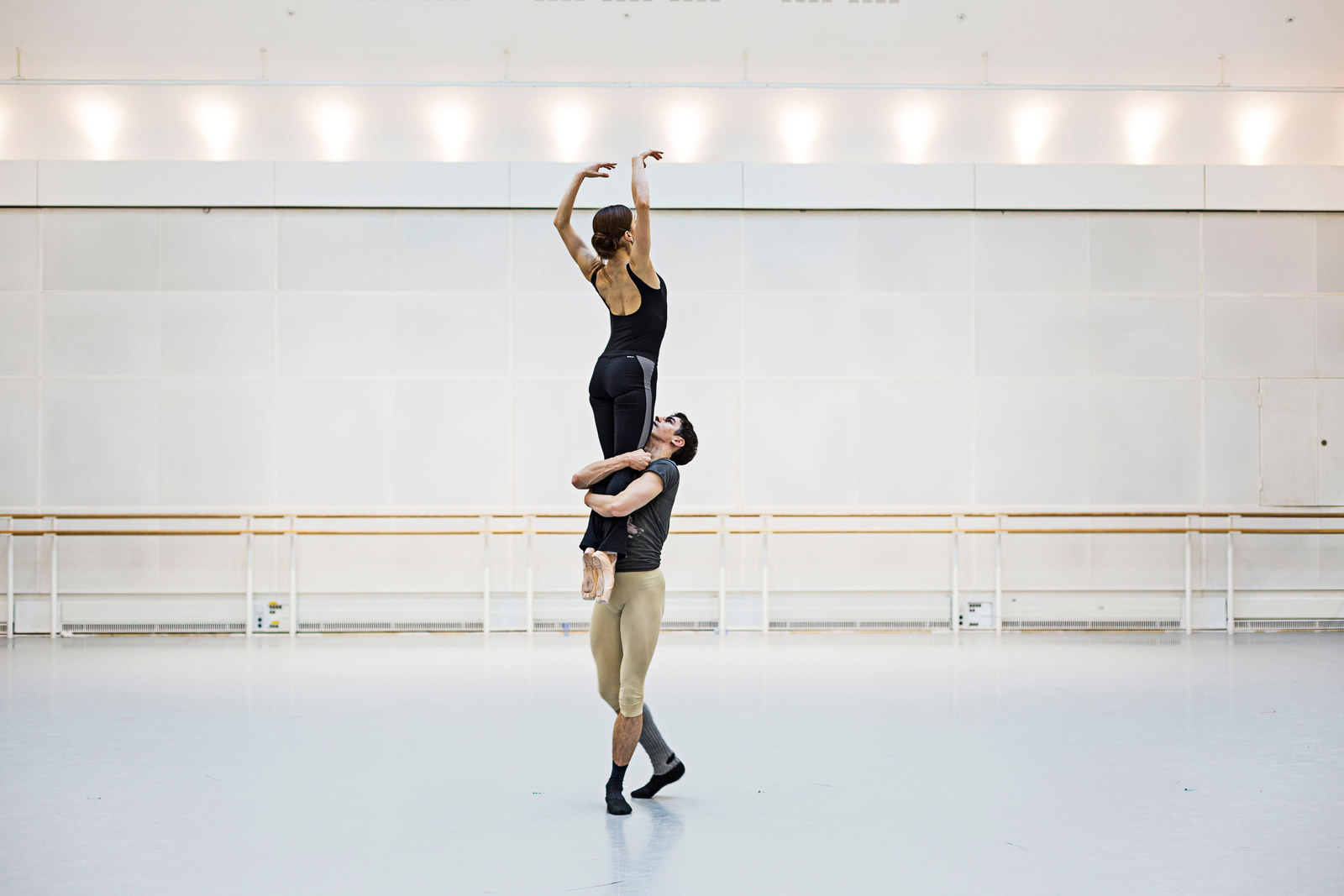"Name and who you're here to see, please." It's 10:15am, and I'm standing in the stage entrance to the Royal Opera House, giving information to a brisk receptionist. A flush of nerves suddenly strikes, but after a brief phone call and an eagle-eyed once over, I'm buzzed through into hallowed ground: the inner sanctum of the Royal Ballet. On Floral Street outside, a bridge passes high overhead, linking this building to the Royal Ballet School opposite.

Titled the Bridge of Aspiration, it's symbolic of the dreams of every dancer who trains there. Years ago, while I was wandering along this street, two excited teenagers, a boy and a girl, asked me to take a photo of them in front of the door I've just entered through. Expecting a smiling tourist shot, I pointed the camera, and whoosh. They sprang into action. Coats and scarves came off, and suddenly the girl was uncoiling, launching up into the air, leg extended, perfectly balanced in the arms of her companion. Since then, what lay behind that stage door has held an immeasurable pull for me.
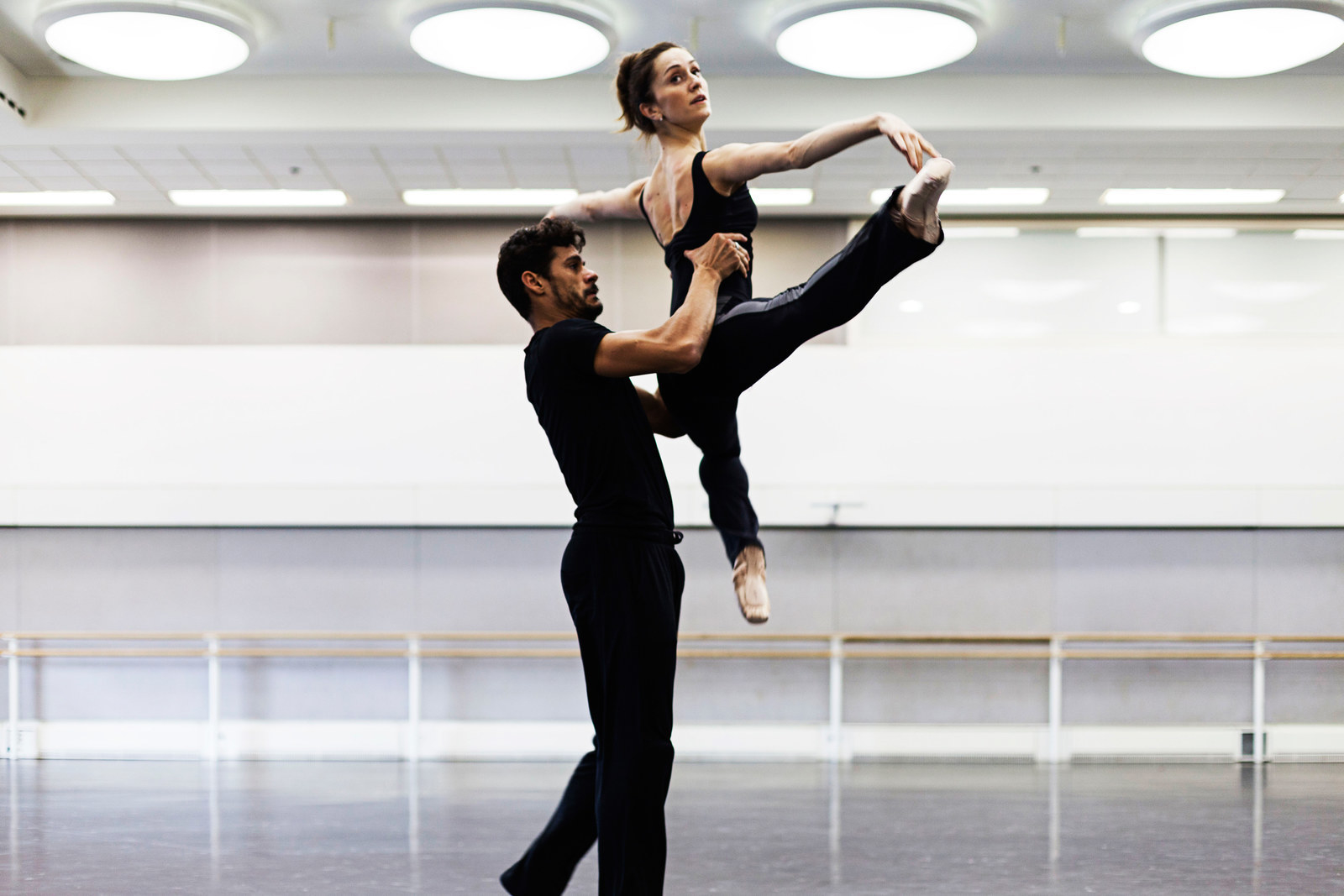
Now I'm here. In a plain space with two glass doors separating staff and dancers from the outside world, with mailboxes, sheafs of papers stacked on counters, tacked-up notices on cork boards, and a steady stream of well-wrapped people bustling in and out, stopping to smile and chat to each other. It's all so normal. But the woman I'm here to meet is far from that.
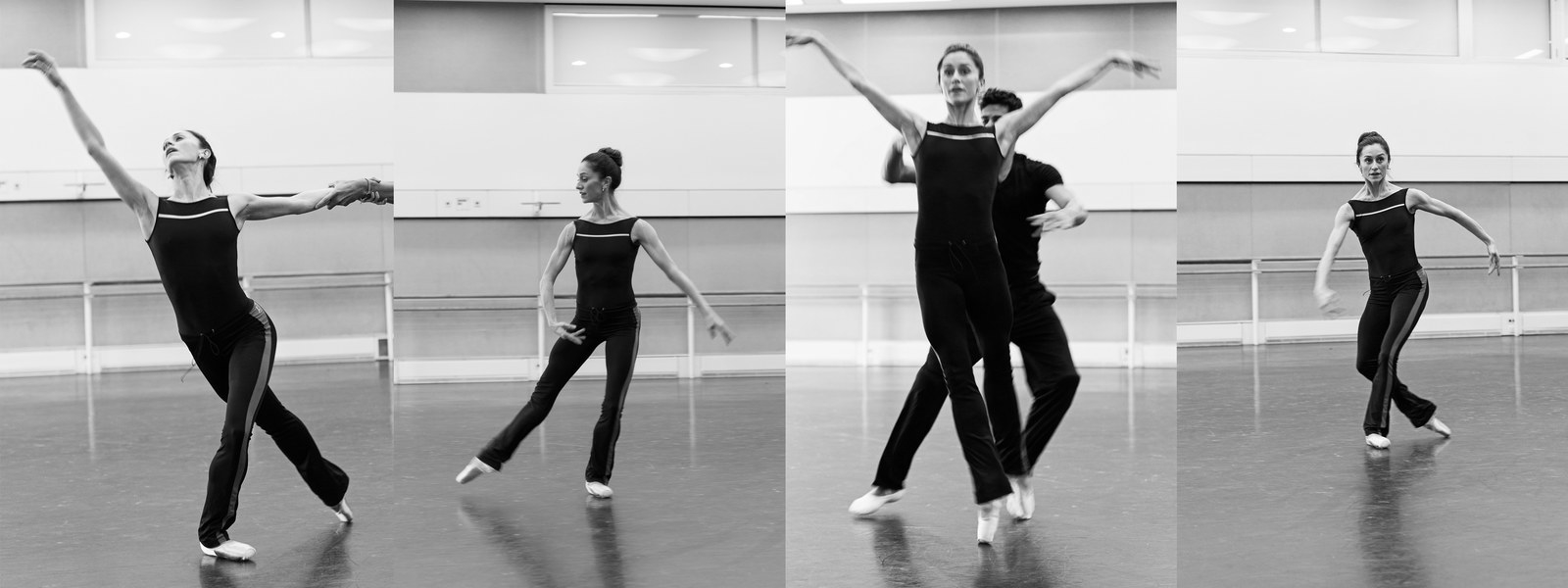
Marianela Núñez, or "Nela" to all who know her, is an Argentinian-born prodigy who has been dancing since the age of 3. At 9 she entered the main ballet school in Argentina. Usually dancers train at this school for 10 years, but after just five Núñez was out and dancing with a professional company. At 15 she landed in London, where she was offered a contract by the Royal Ballet Company – only to have to go to the Royal Ballet School when they discovered she was a year too young to join professionally.
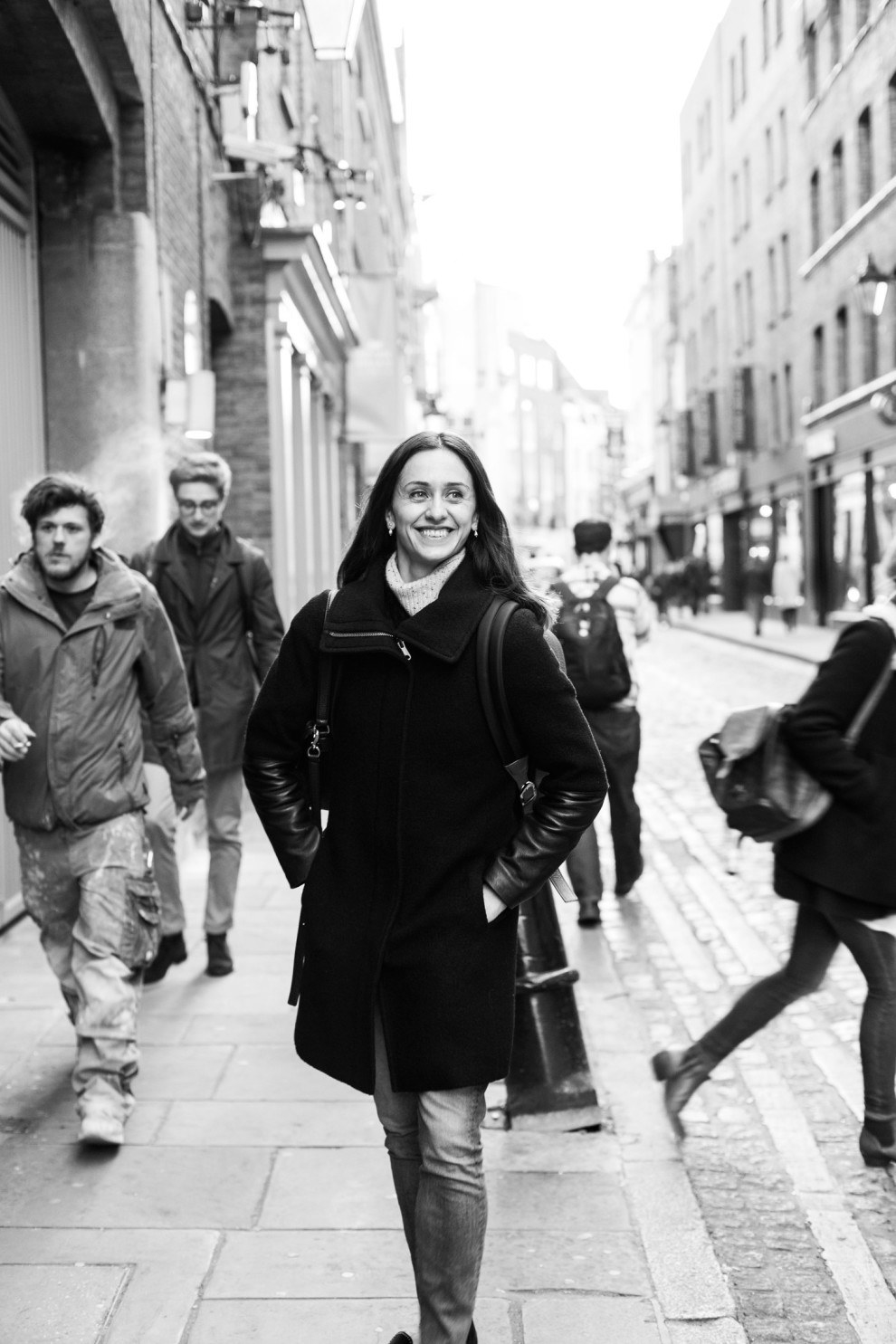
Fortunately, when she crossed back over the Bridge of Aspiration 12 months later, things moved quickly: After just a year and a half in the corps de ballet she became a first soloist at age 17. By 20, she was a principal dancer. Principal dancers, for the non-ballet-devoted, are the Princess Auroras, the Kitris, the Carmens: all roles Núñez has danced during her nearly 20 years with the company.
As we exit an industrial-sized lift on to the top floor of the building, Camilla, the press liaison for our visit, says Núñez is already in her first class, a daily warm-up kept strictly free from press. It's a sacred time when dancers can focus with zero distraction. I start distracting Camilla instead, peppering her with questions as we take in the view over the rooftops of Covent Garden.
The Opera House is awash with building work going on, which I discover will continue for at least the next year while they work on the front of house; a project bent on making the main entrance appear more accessible. "From the outside it still gave an exclusive feel that we don’t really want," says Camilla earnestly. "It is, of course, really special to come to the Opera House, but we want as many people as possible to feel like it’s for them."
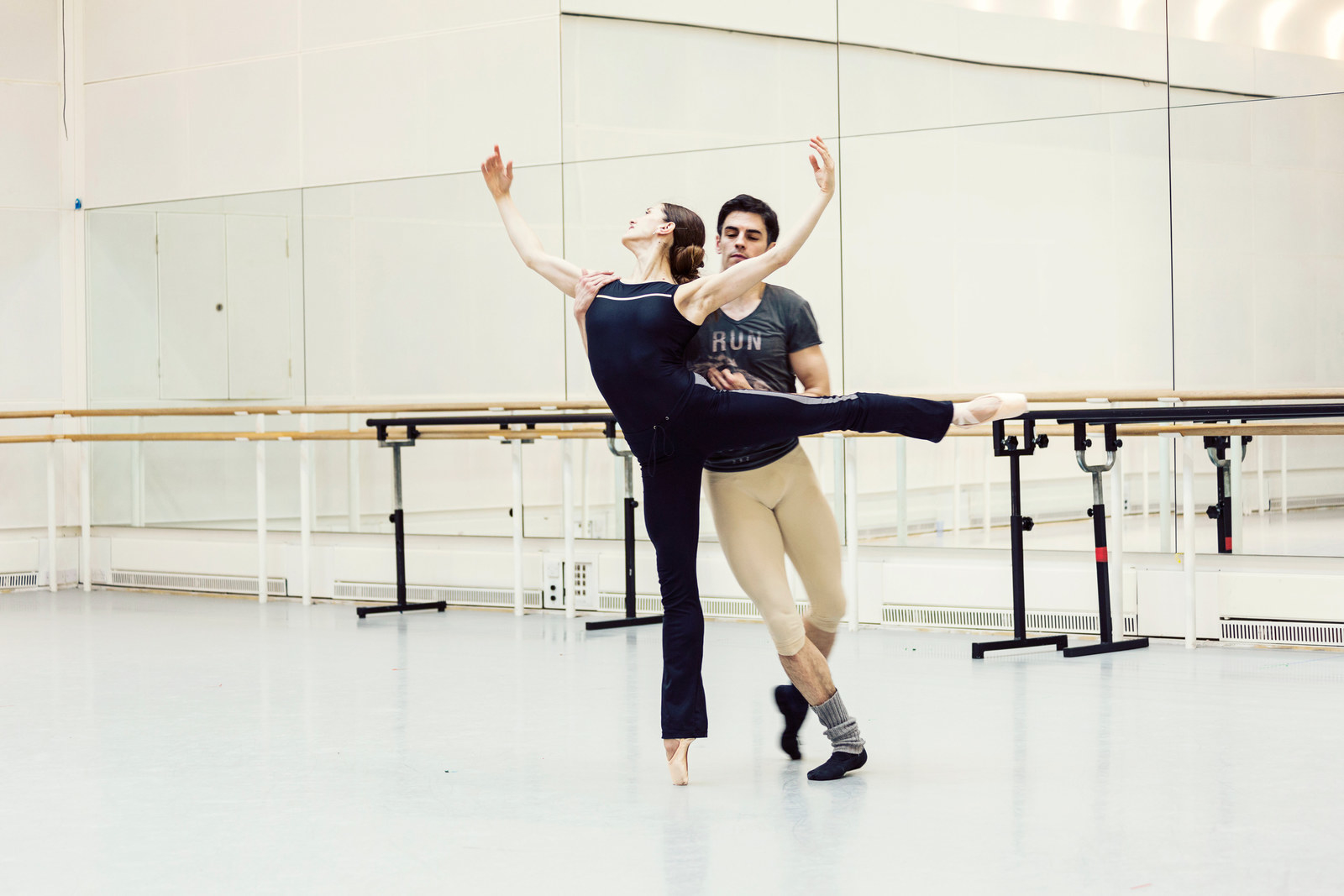
This comment resonates. For a ballet lover on a budget, the Royal Ballet is surprisingly doable. Five pounds will get you a stalls seat up in the rafters; you'll need to crane over but even up high the performances still feel imbued with magic, the costumes still glitter, and the pas de deux still delight. I can confirm this as I've already seen the current run of Sleeping Beauty three times.
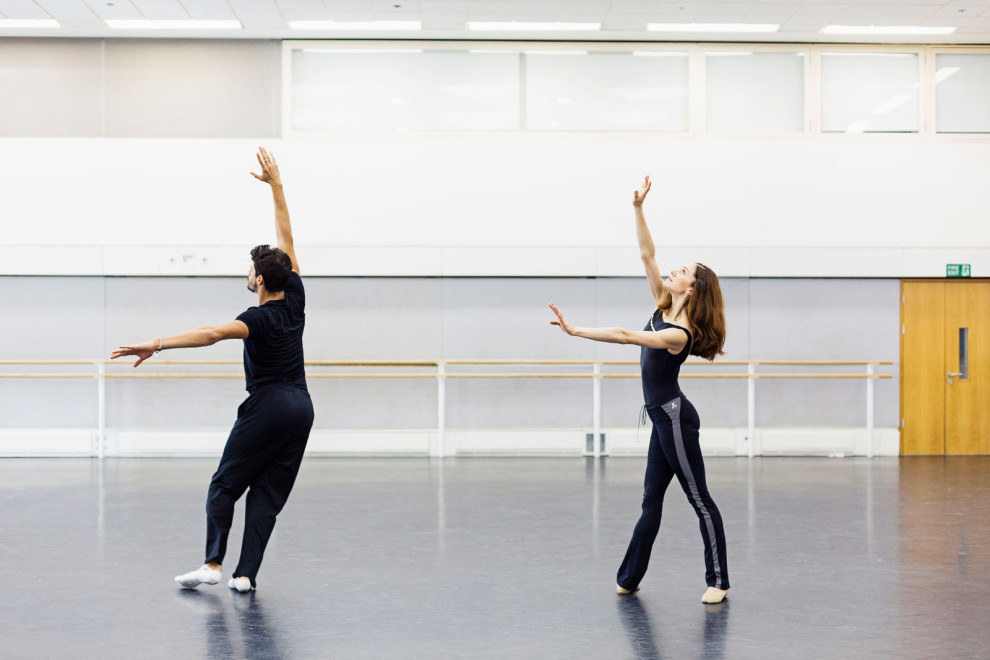
There are two classes: a female class and a male class. The latter comes with a giant window for spectators that we peer through before making our way to the former. Although principal dancers have the liberty of choosing which class they attend regardless of gender, Núñez has chosen to attend the women's class, where the only window to peer through is a scarce few inches of plastic in the door. Here we get a few snatched seconds of a room full of rigorously trained dancers in motion, Núñez gracefully moving among them. When she emerges, it's hard to reconcile the warm, instantly likable person with the fluid, perfect figure we'd seen before.
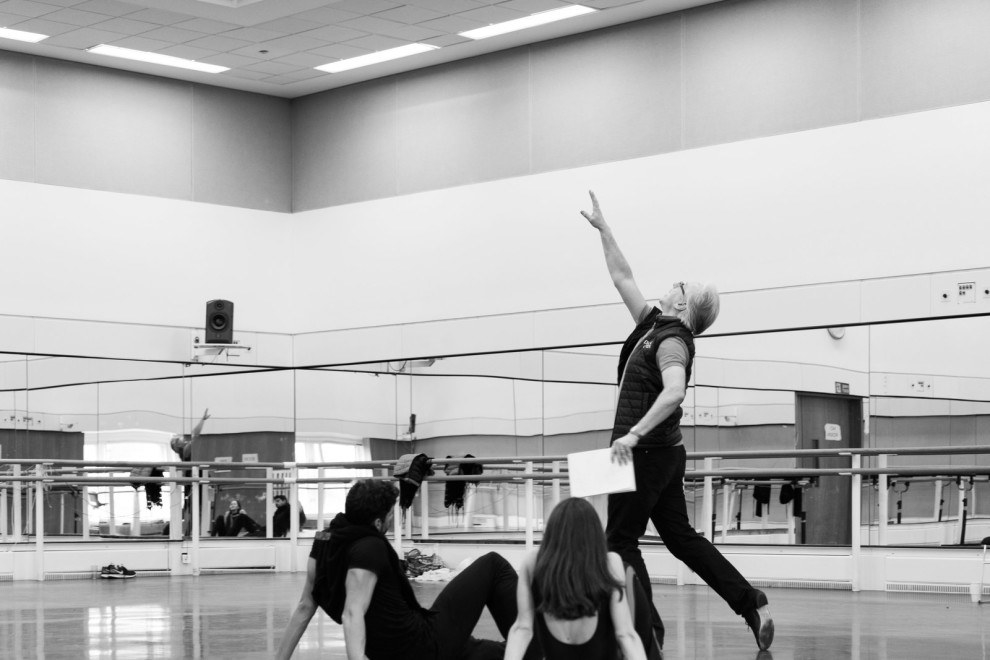
What is immediately striking about Núñez in person is how human she is. Multiple viewings of Black Swan have primed me to meet a beautiful but neurotic dancer in the vein of Natalie Portman's Nina. This woman is the opposite – as is the entire ballet company. Dancers mill around, obviously at ease, and in the rehearsals we attend, camaraderie permeates everything. These are old friends who have been working together for years. When I ask for the dancers who have most inspired her, Núñez says there are too many to name, but she likes to watch her colleagues – she sits front row at their shows.
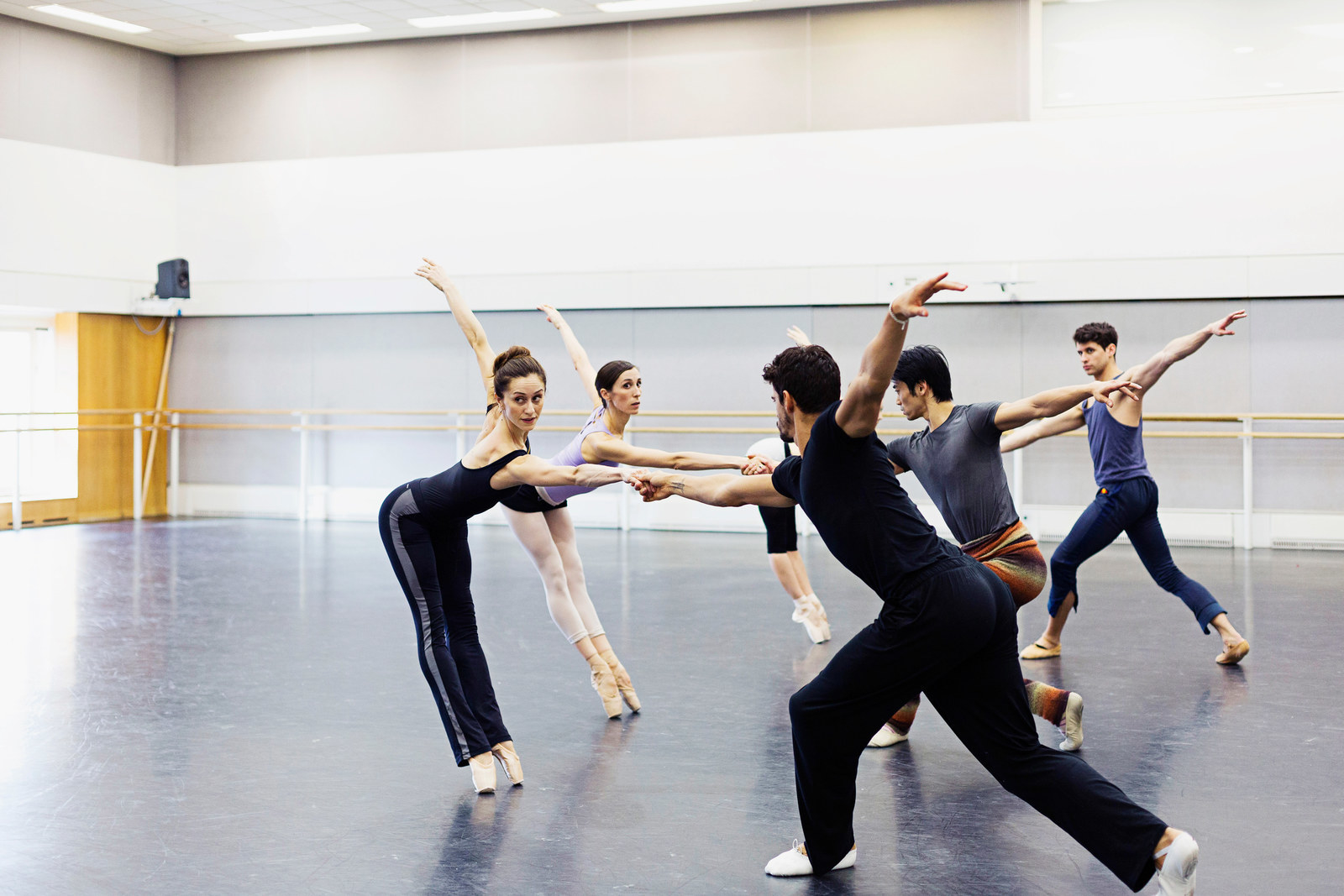
That's not to say competition doesn't exist. "The competition is there," Núñez says. "There is passion. There is obsession, but a nice obsession about what we do. We are crazy perfectionists, but ballet needs that good craziness. It's that craziness which makes art."

And to Núñez it is art. The extremes ballet dancers push their bodies to have also led many to label them athletes, but Núñez rejects this term outright. "There is a certain athleticism but it is an art form," she says. "We have to be very careful not to forget to give that to the audience. You can run very fast and jump very high – but that’s not ballet. You have to try to stay true to the art form." Which isn't to say she doesn't acknowledge the sheer levels of strength ballet calls for, as dancers strive to push themselves to new heights day after day.
"What we can do with our bodies now, people couldn’t do before," she says. "Last night, I was doing the purest classical ballet. Today I’m in my trousers and doing contemporary work – it's two extremes. And dancers are even now pushing traditional ballet itself to extremes."
This is never more evident than when we sit in rehearsals for two upcoming shows: After the Rain, a 2005 ballet by Christopher Wheeldon, and The Human Seasons, a 2013 ballet by David Dawson.
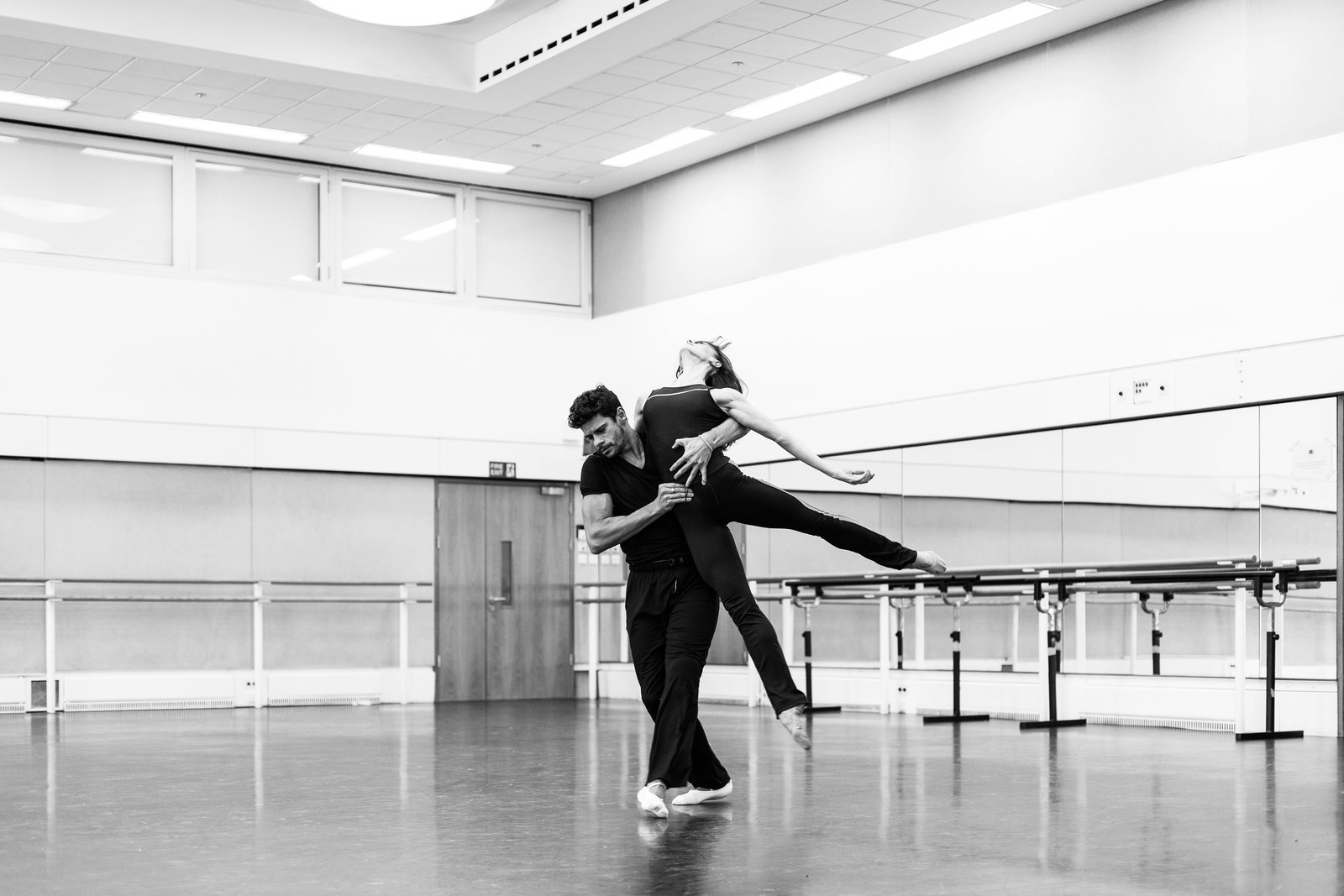
"A wonderful thing about the Royal Opera House is that we respect the past but we also look to the future," Núñez says of the Opera House's repertoire of modern dances. Going from nosebleed-section stalls to sitting front and centre at a rehearsal is a vivid switch. At the end of one heart-wrenchingly emotive pas de deux between Núñez and her partner, Thiago Soares – with no costumes, and only a piano for accompaniment – I realise I've forgotten to breathe.
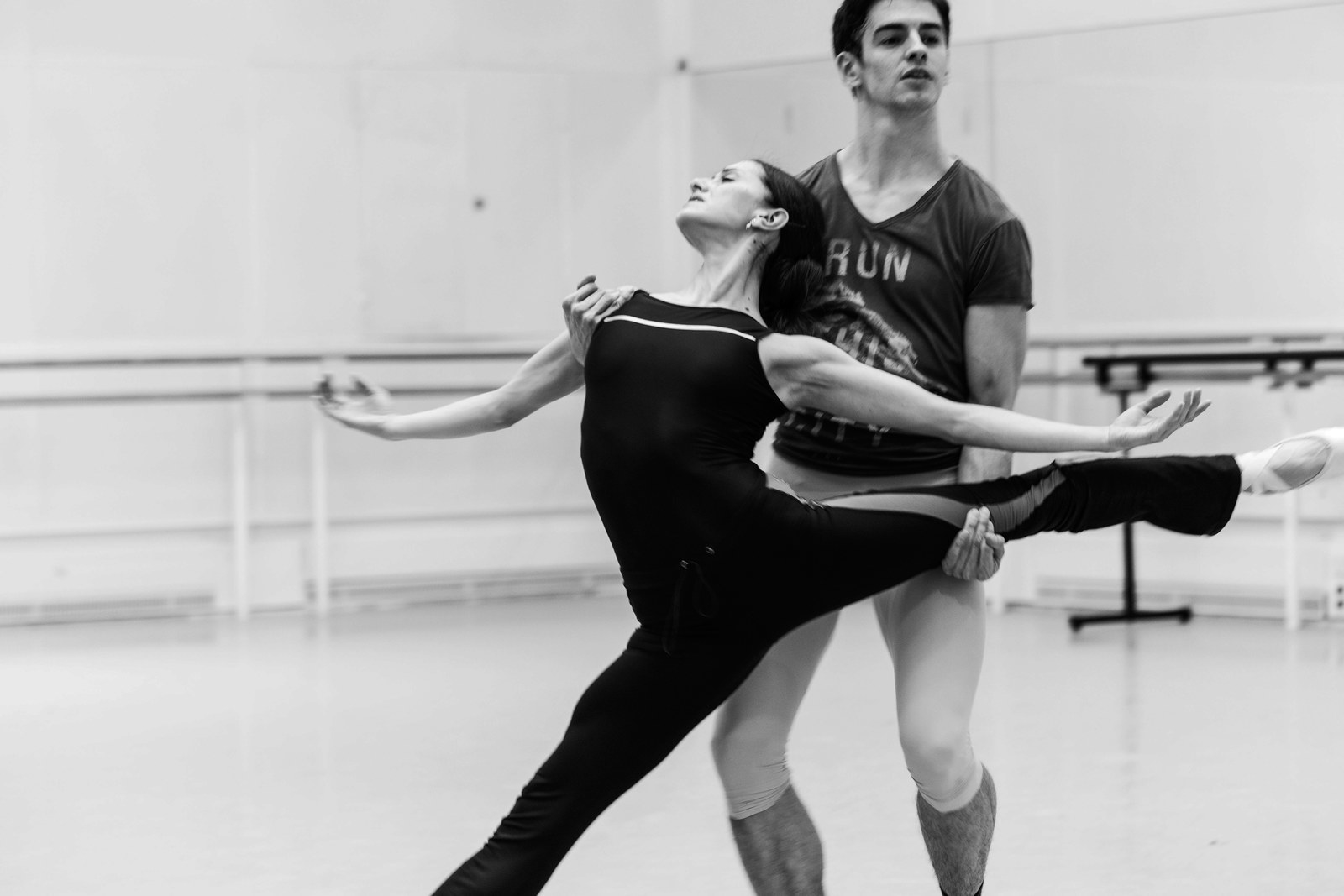
As we move from room to room, rehearsal to fitting to rehearsal, the overwhelming sense is of life stretched to the fullest. Bread rolls are grabbed for sustenance between appointments, and instructions are always to the point; Núñez is unfailingly polite, but this is a woman who knows what she wants, from her costumes, to her physiotherapy, to her shoes.
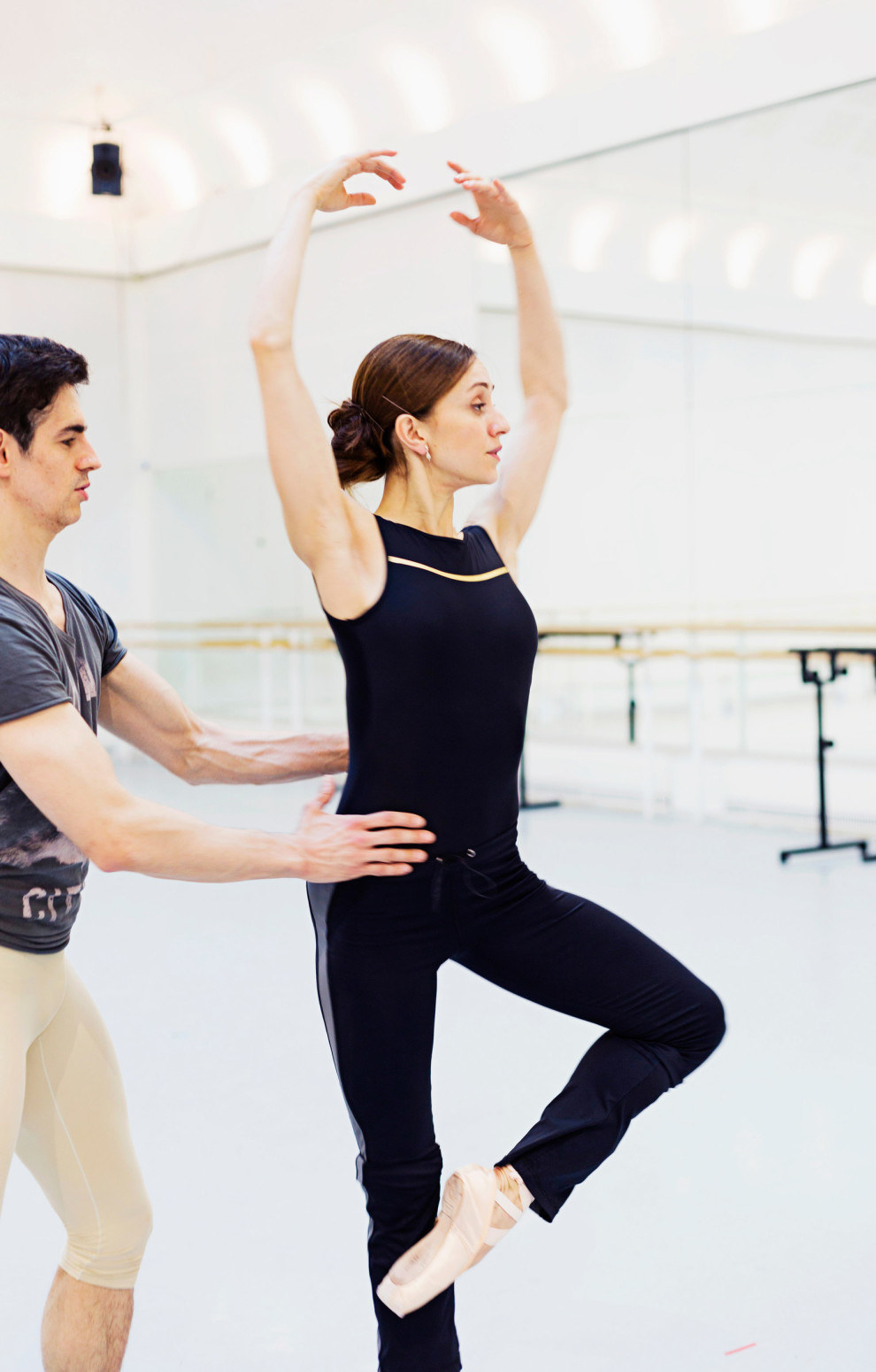
We meet Jane Latimer, the head of ballet footwear at Royal Opera House, and visit her room of a thousand shimmering pointe shoes. Some are bejewelled, some are in different colours and some are chalked, but the overwhelming majority are perfect satin-pink and stacked in rows upon rows in dancers' cubby holes.
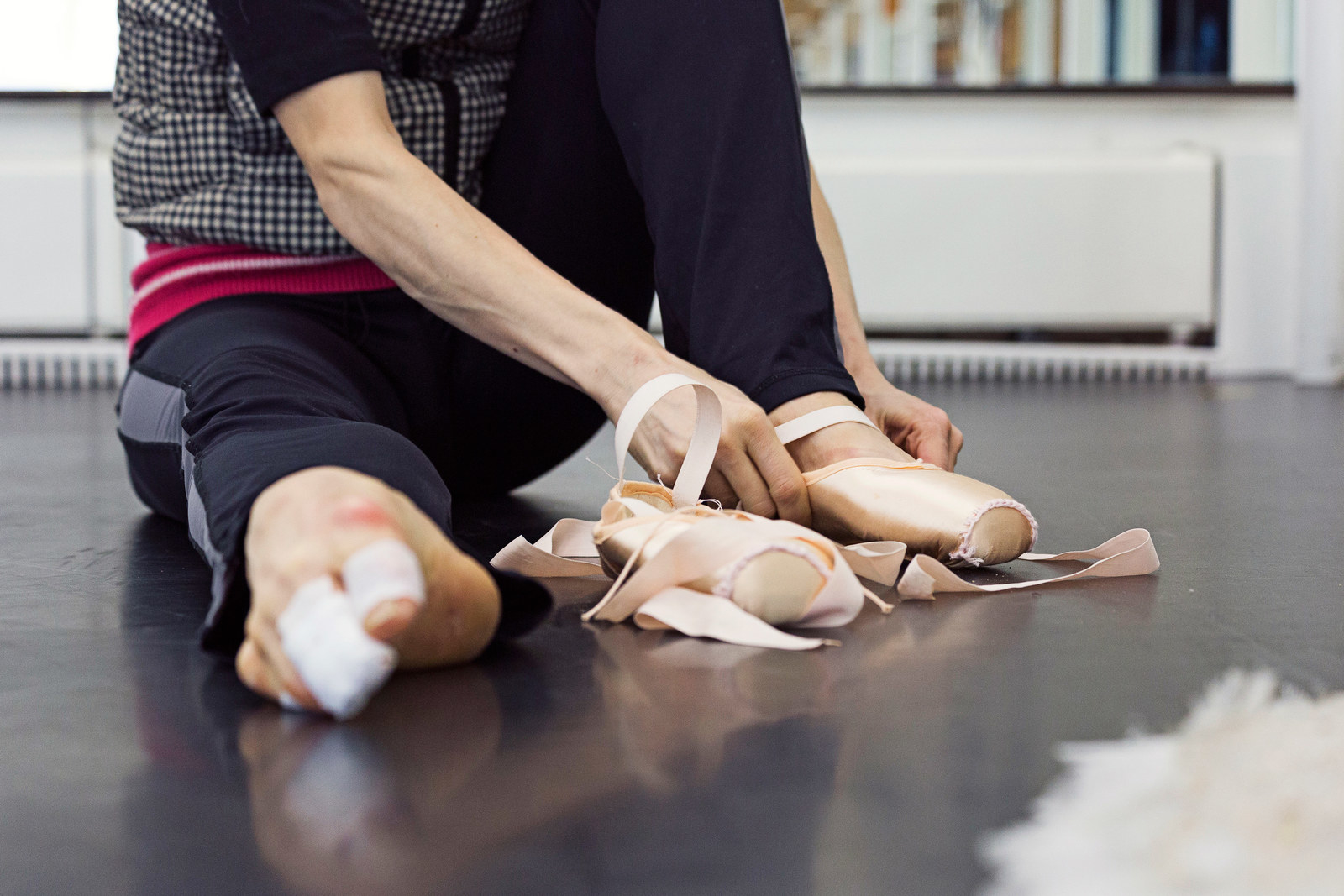
"At any one time the girls have got between 40 to 120 pairs of shoes in their cubby," Latimer says. "It’s a very fine line between the dancers breaking their shoes in, sewing them, wearing them to perfection, and then dancing in them. Marianela can go through up to 60 pairs a month."
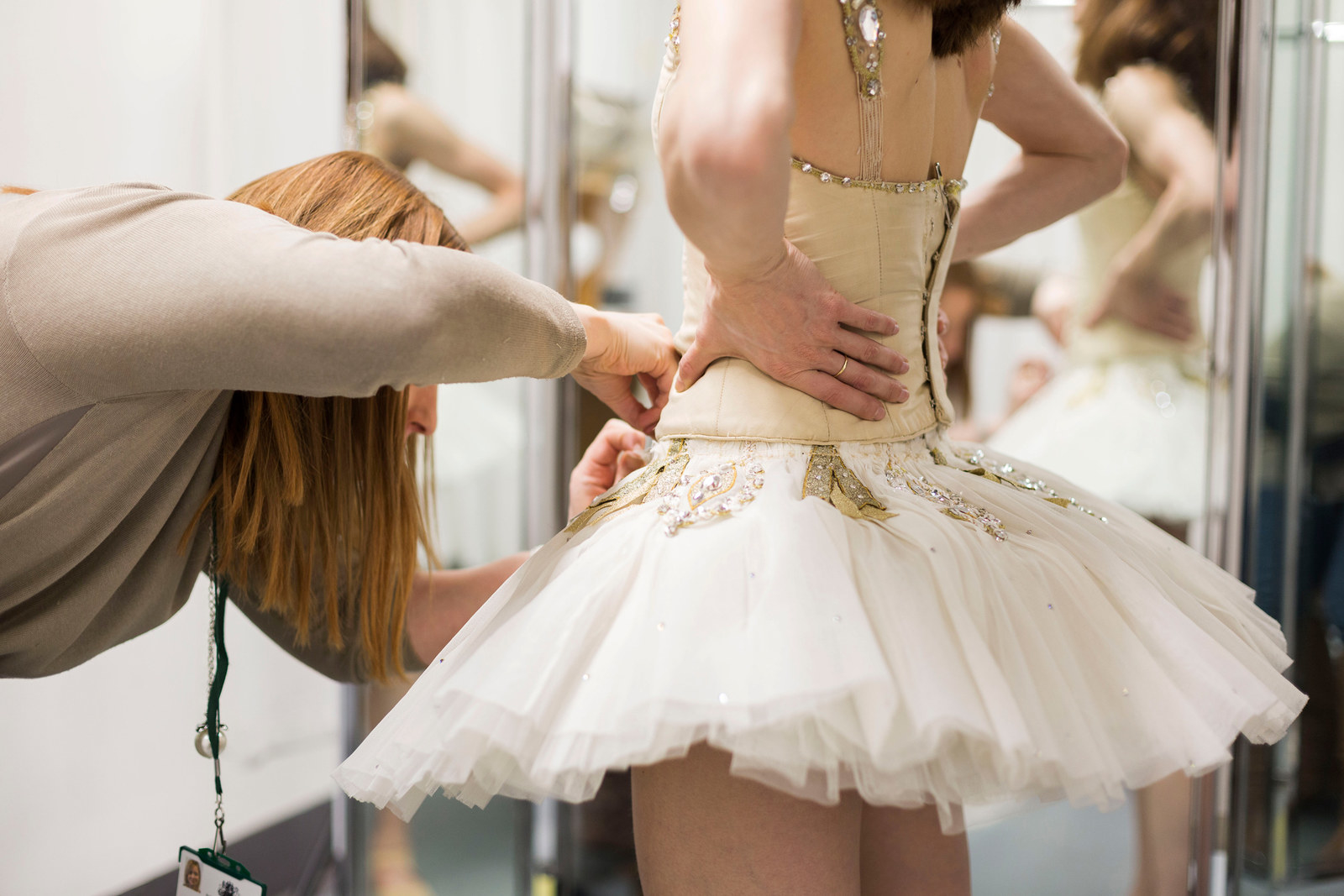
This is a less publicised element of the craftsmanship required of ballet dancers that goes beyond dancing; they strip their own shoes apart, put them back together, stitch them up, and even bash them with hammers to get them just right. As Latimer says, "a few millimetres here and then can make the whole difference to whether or not she can wear them".
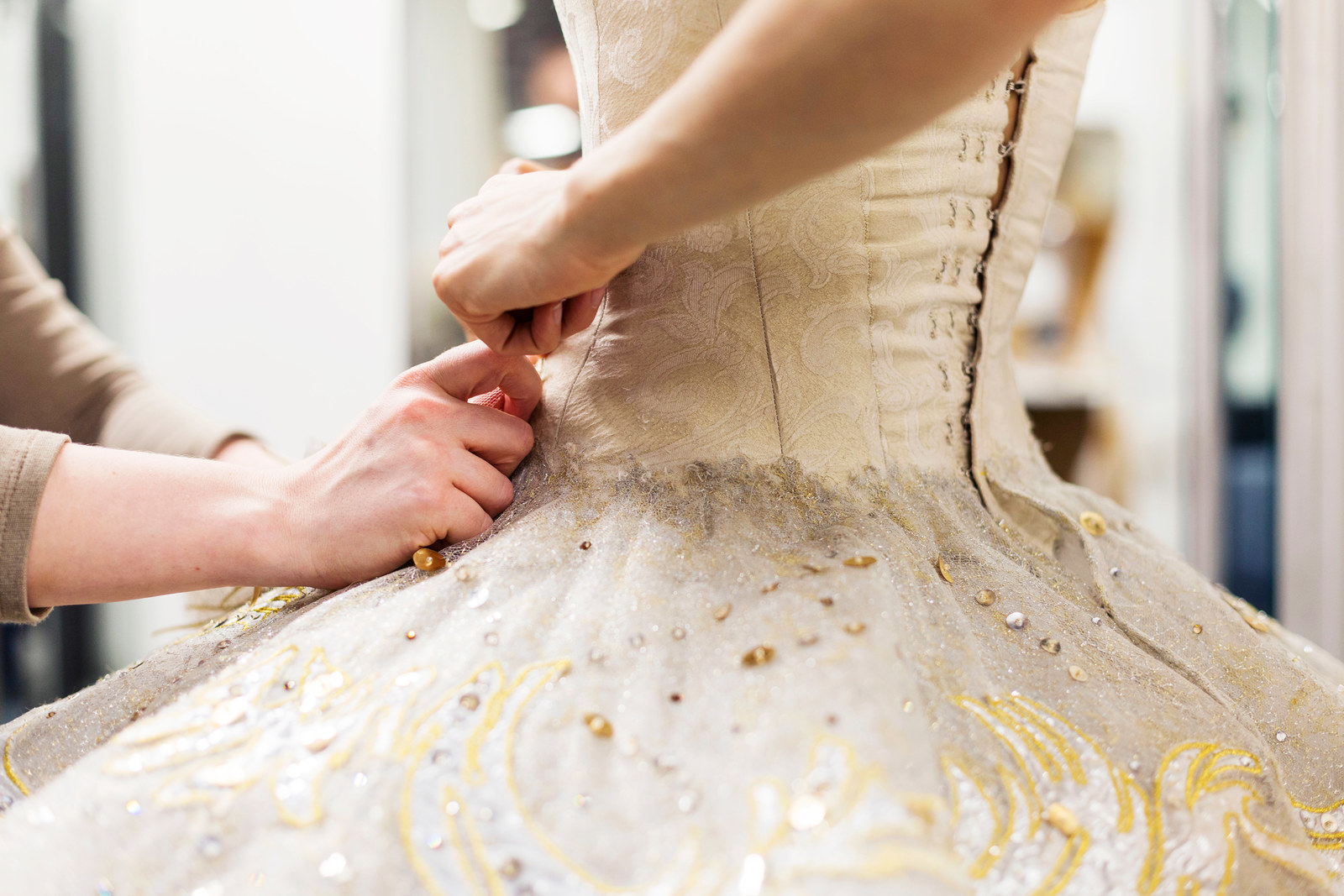
Costumes are similarly edited down to the minutiae. A team of tailors hold the fort backstage, adjusting corsets and waistlines so dancers can move with as little hindrance as possible, the costumes themselves creating walls of tulle and jewels around them. Pre-show, it can take over three hours to get ready. Each second counts and no detail is spared in helping these dancers reach their full potential.

Everything comes back to the lightning-fast career-span of a dancer: Due to the strain ballet places upon the body, ballerinas are lucky to continue dancing into their forties. "I saw Darcey Bussell retire at the top of her career aged 37," Núñez says. "She was dancing in such an incredible way – I wanted to beg her not to leave! That made me realise – it goes fast. You can’t let a day go past. By the time you blink, it’s gone." A dancer's career is a once-in-a-lifetime performance. A whirlwind of different elements come together to create an experience that's startlingly beautiful, but leaves you wishing the end wasn't so soon.
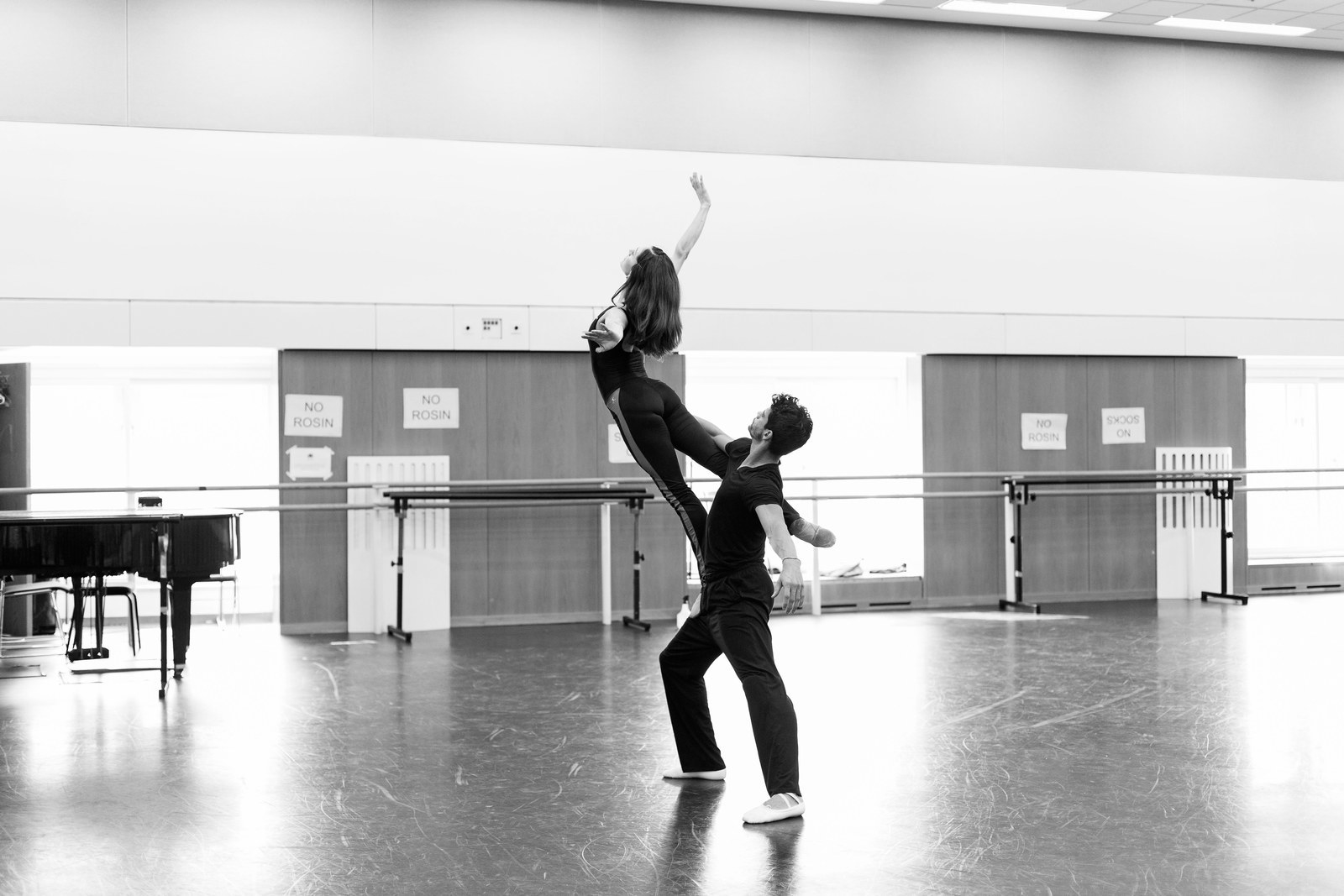

For Núñez, this driving need to make the most of her time permeates all. Dancing is her lifeblood, and her lifestyle is designed to help her keep doing this for as long as possible. She doesn't smoke, she doesn't drink, and her diet is strictly healthy.
Her favourite restaurant, 26 Grains, lies just around the corner from the Royal Opera House, and her favourite dish is avocado on toast with poached eggs. It's this dish that she chooses as we chat later over lunch there.
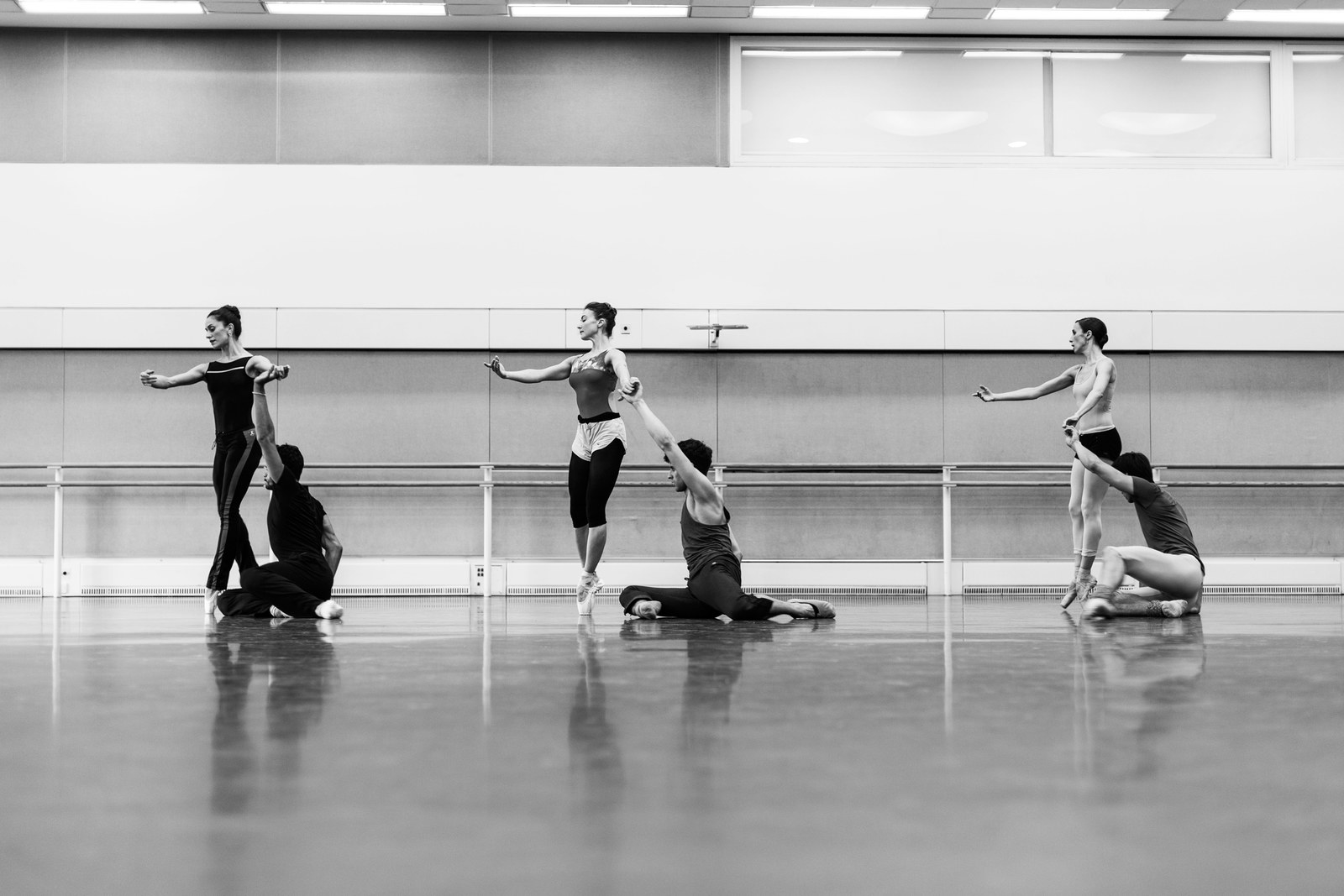
Perfectionism is the only word for this lifestyle. Shoes, dresses, and diets are as meticulously streamlined as the perfectly placed fingers and toes. But there is, thankfully, some wiggle room for human error. I describe recently witnessing a dancer take a tumble on stage, and ask what the fallout usually is for slip-ups. Núñez shrugs. "Accidents happen – it could happen to anyone."
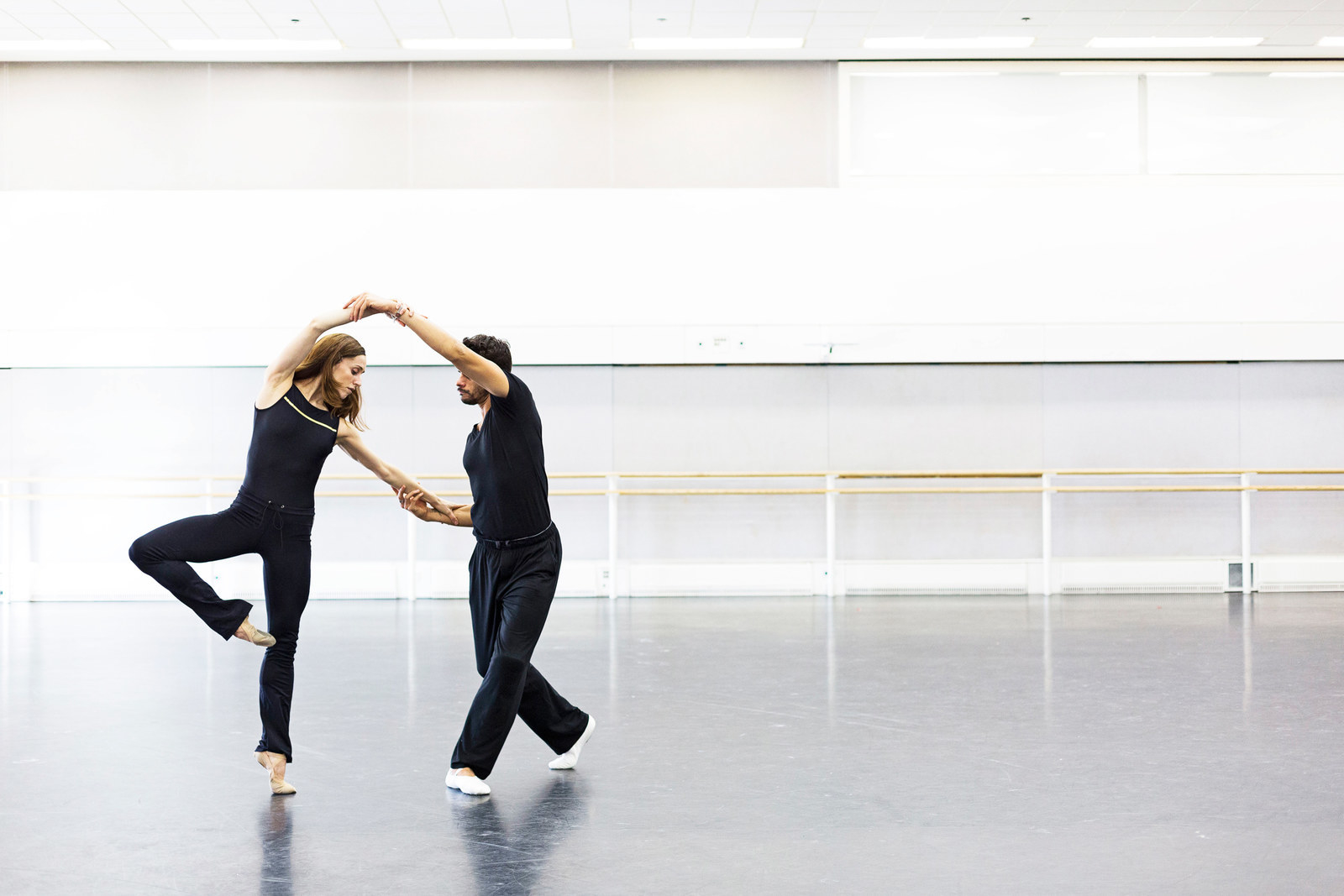
Laughing, she launches into an animated retelling of her own horror story, as if to dispel any lingering embarrassment the absent dancer might have.

"This December we were doing The Nutcracker and at one point you have to jump on the prince’s shoulder," she says. "His jacket has a little hook on it which got caught on my tights. When he put me down we thought the tights would rip off the hook, but they didn't and he had his head down by my tutu for more than 30 seconds with me just staring at the audience! I was mortified, but now we can laugh about it."

The life of a dancer might seem like a difficult one, but it's clear she wouldn't have it any other way. Some ballerinas, after dancing their last dance, go into wildly different areas for fresh starts. When asked if this will be her route, Núñez shakes her head fiercely: She loves ballet too much to ever think of leaving the industry.
The shows make her as much as she makes them. "I first performed Sleeping Beauty when I was 21. Now I get the same sensation as being on stage whenever I hear the music. That never leaves you, even when you retire."
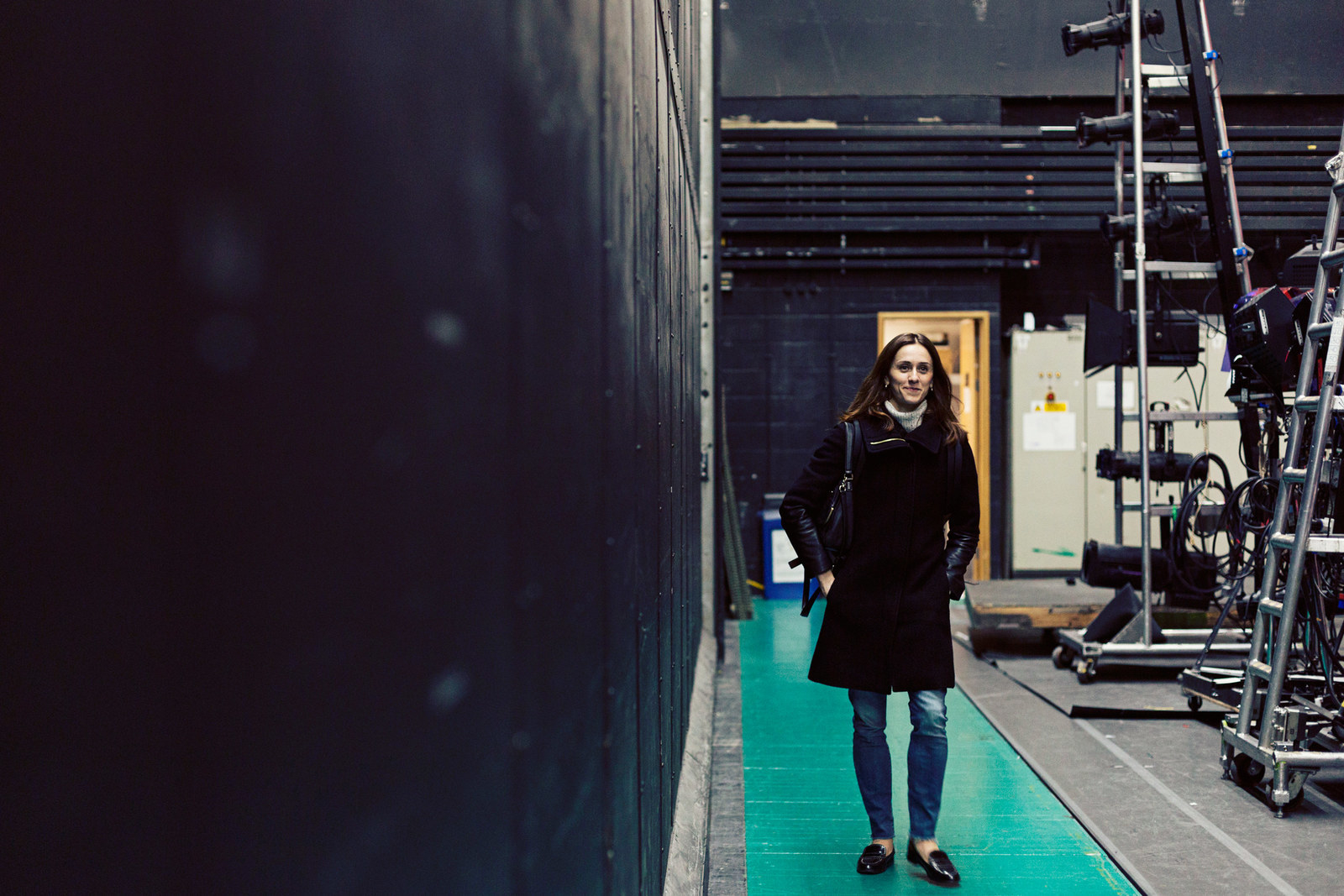
Marianela Nunez will be performing at the Royal Opera House in The Vertiginous Thrill of Exactitude until 31 May and in Symphonic Variations from 2-10 June.
